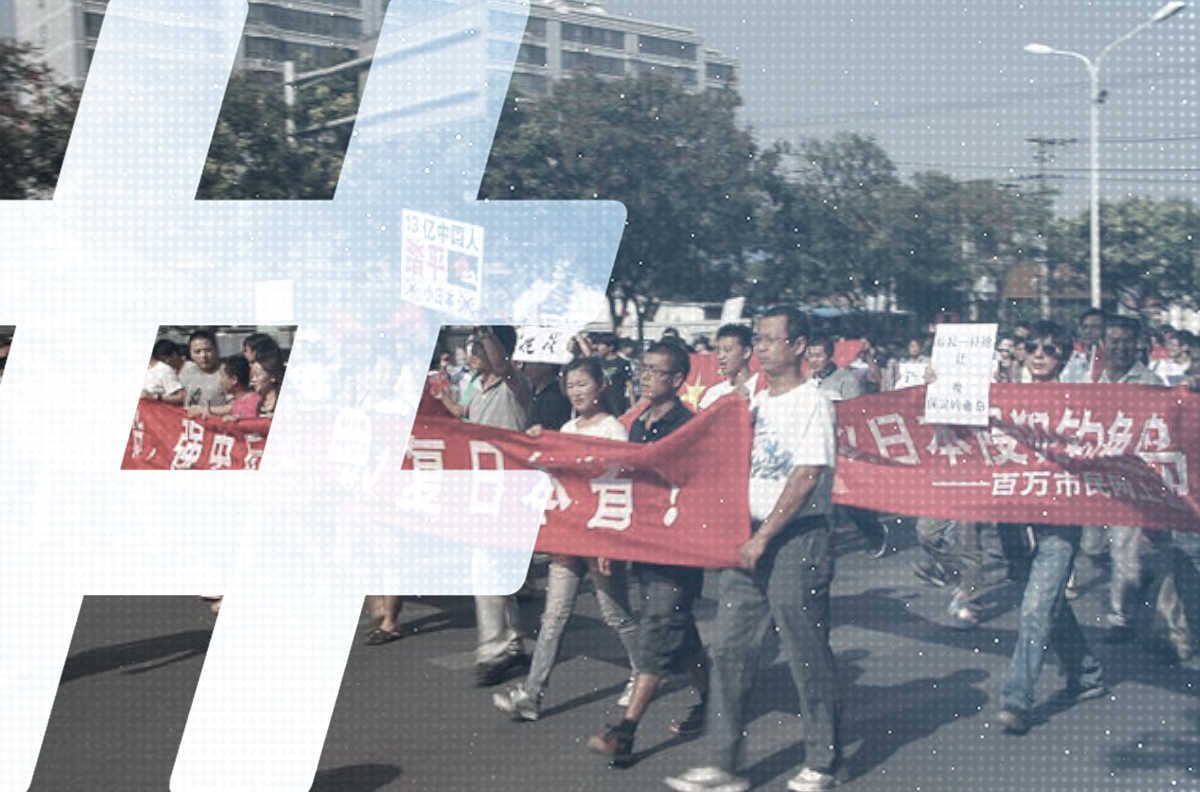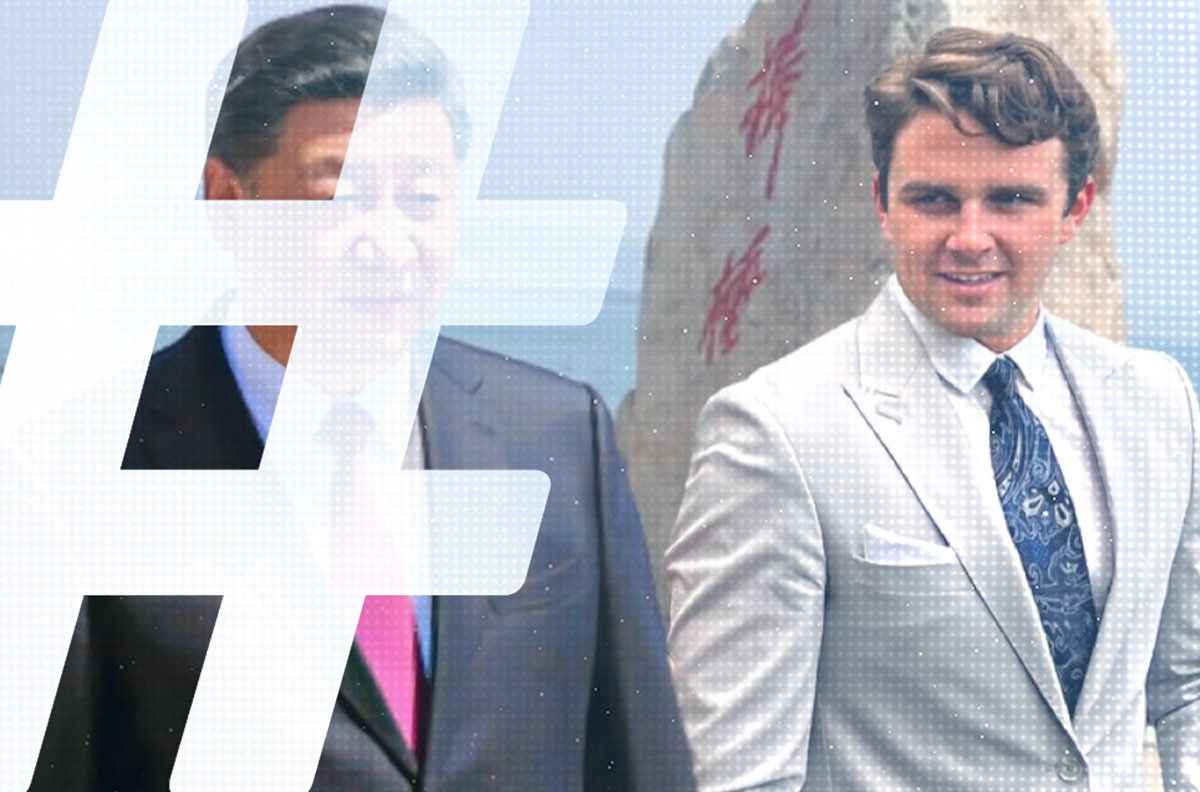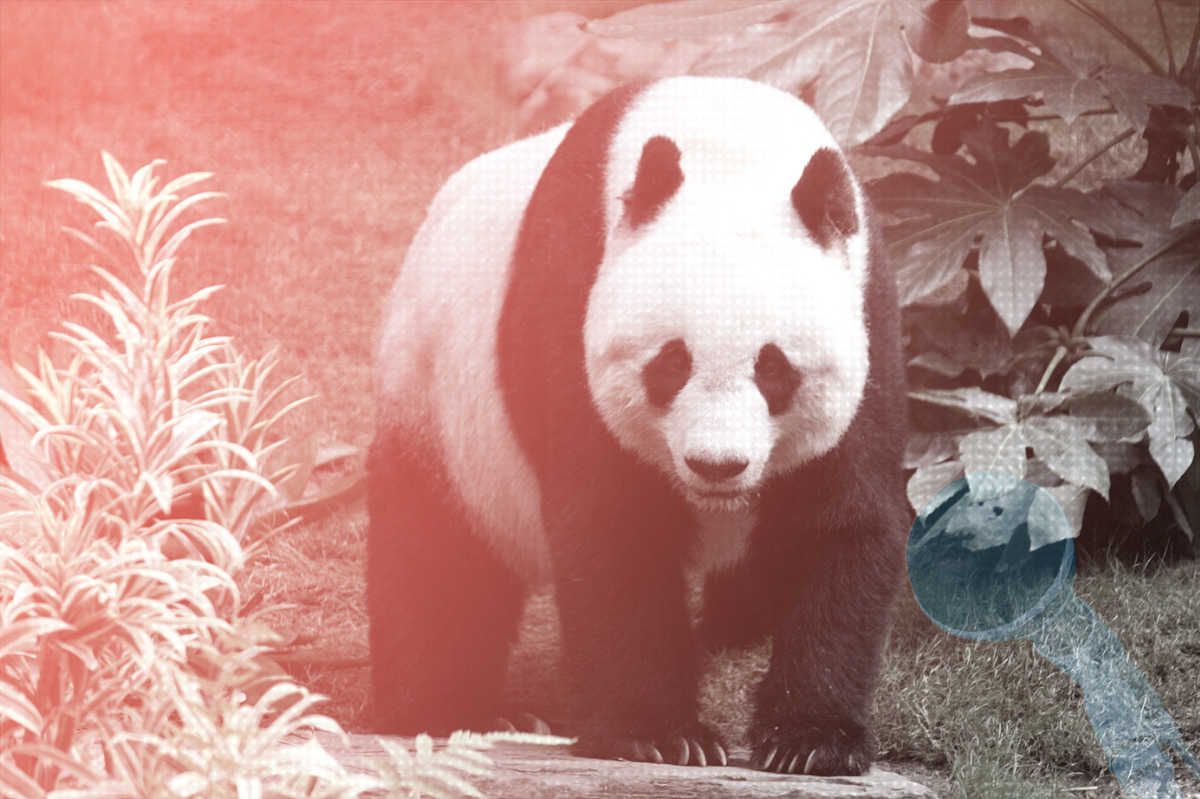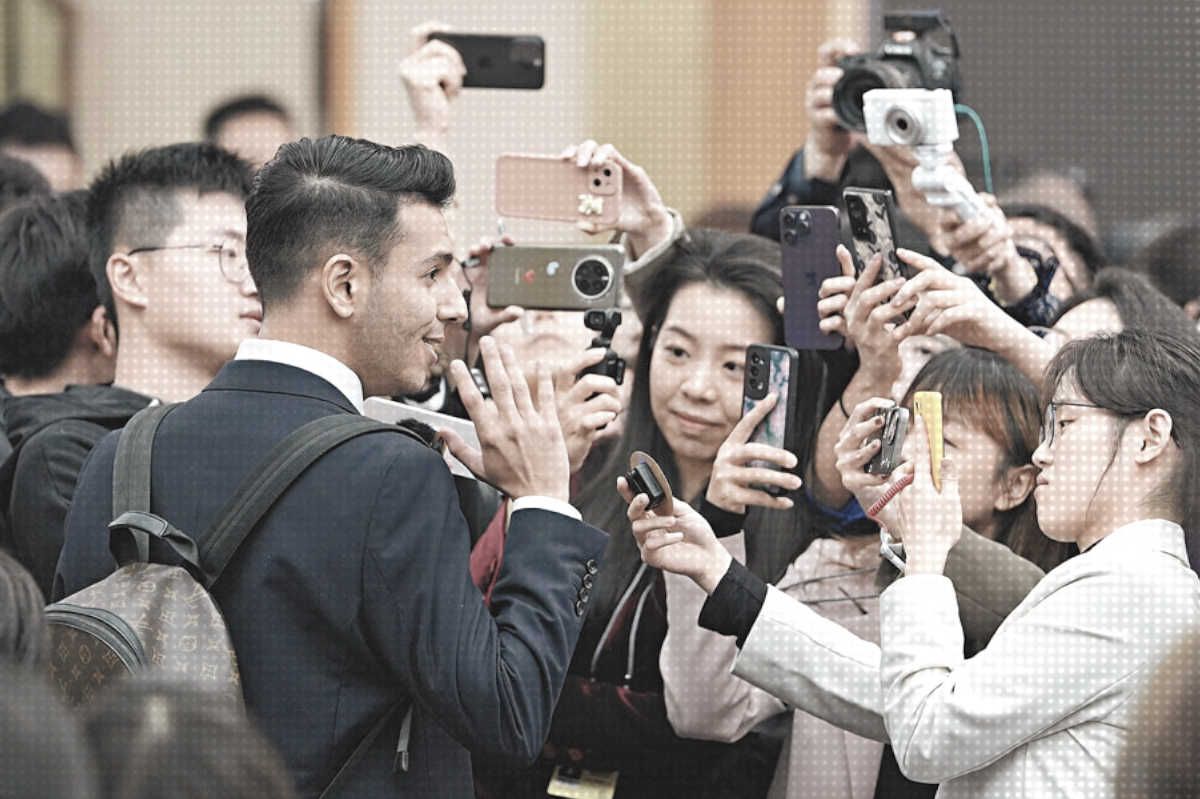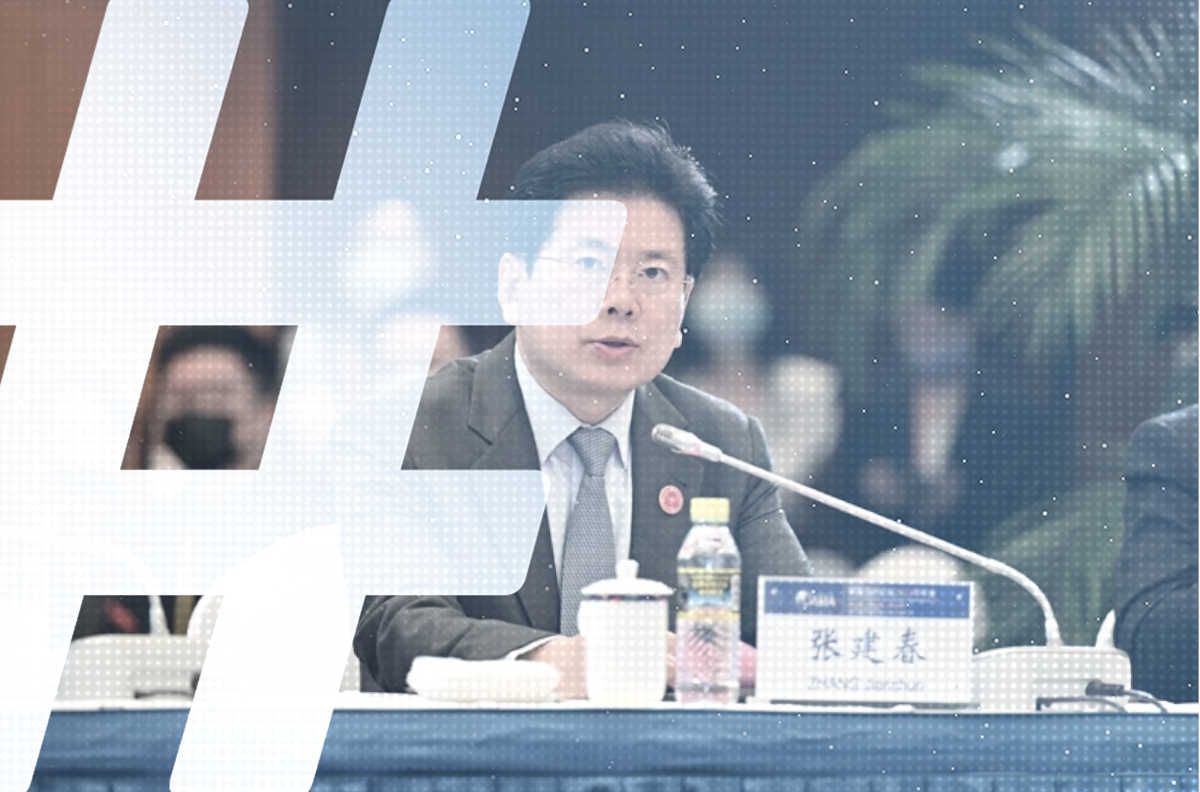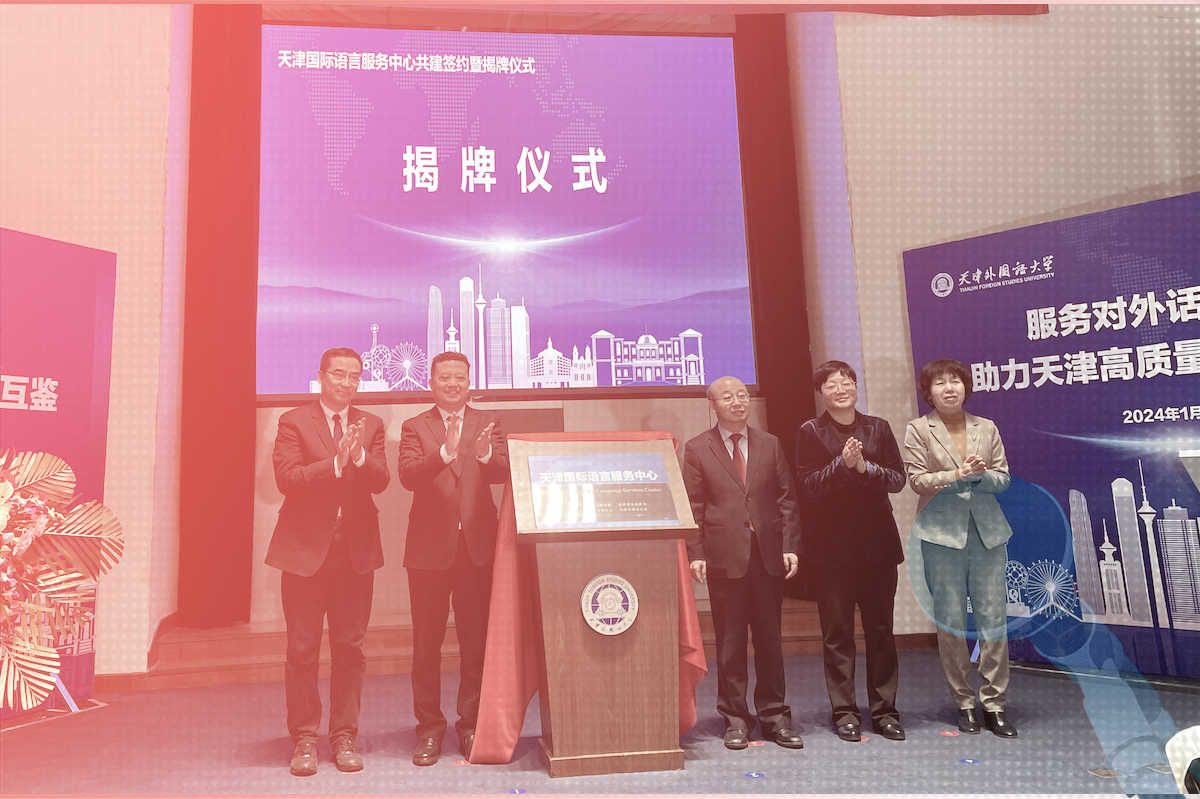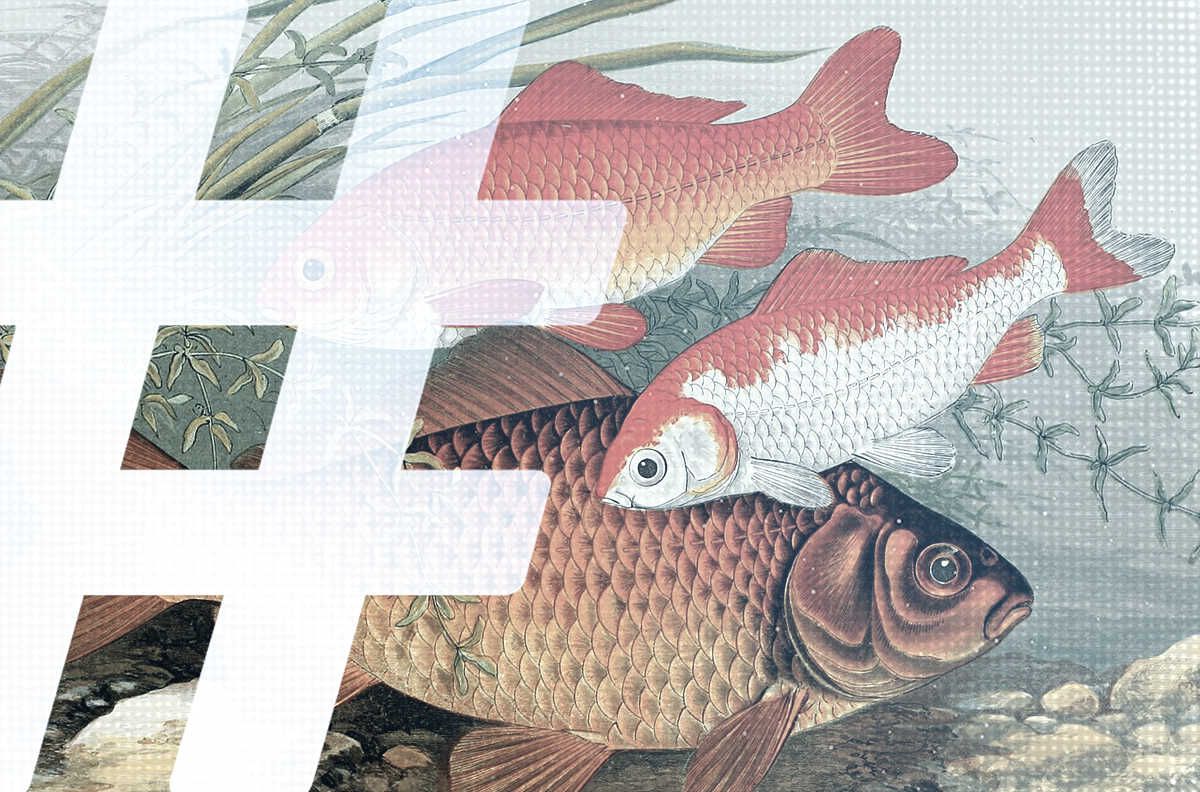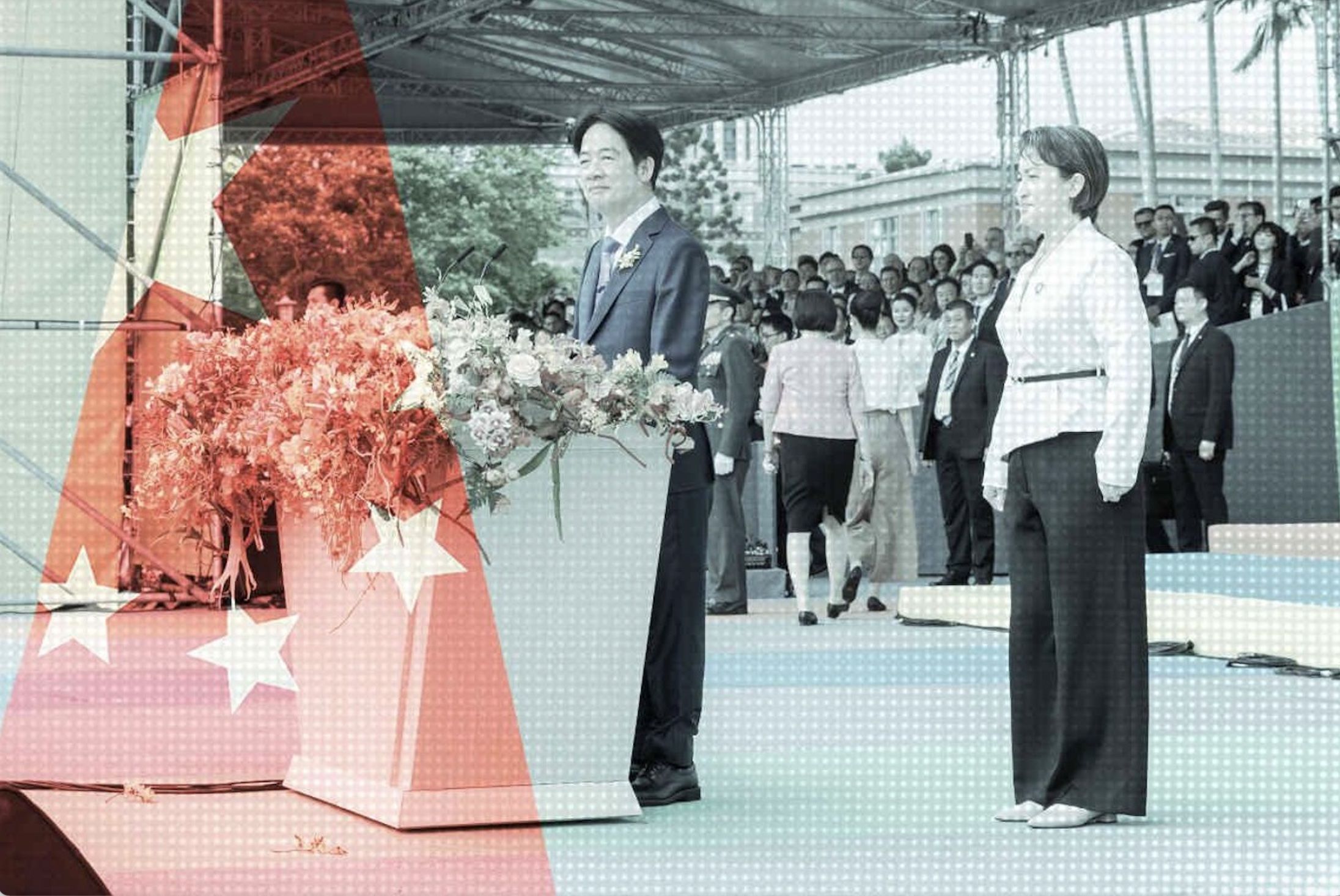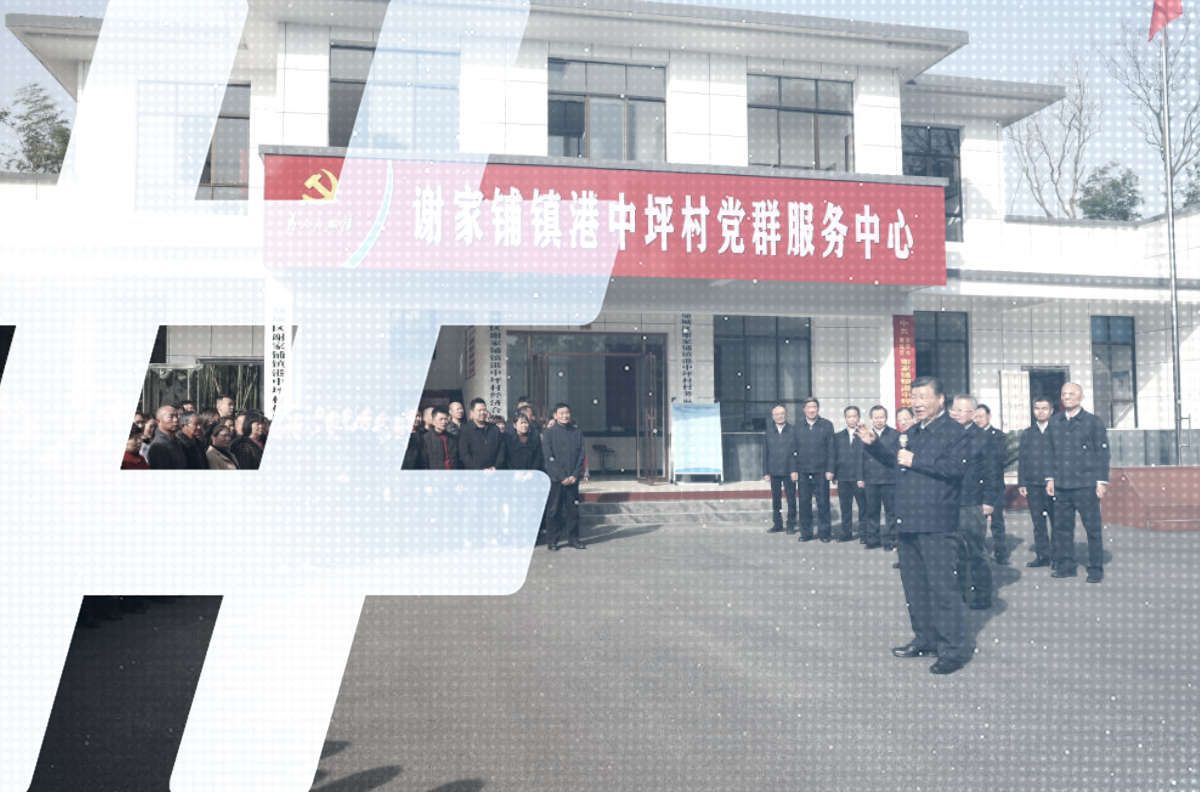In recent weeks, China has emitted glints of intensifying anti-Western xenophobia. Last week, following the announcement of a three-month crackdown on foreigners without valid visas, CCTV anchor Yang Rui (杨锐) encouraged police to “clean out the foreign garbage”. Yang seemed to revel in China’s recent decision to expel Al Jazeera reporter Melissa Chan (“that foreign shrew,” he called her), the first case since 1998 of a foreign journalist kicked out of China.
Like the last wave of populist anti-Western sentiment to hit China back in 2008 (remember the “Cafferty Affair” and the controversy over the Olympic torch relay?), these recent remarks — including a number of editorials in state media — stem from a foundational sense of victimization at the hands of the West. And Western media, once again, are bearing the brunt of the attack.
This root sense of victimization is enforced in China through education and propaganda, for Party leaders an important part of building and maintaining legitimacy. The phenomenon is what Chinese historian Yuan Weishi has called “growing up on wolf’s milk,” or chi langnai zhangda (吃狼奶长大).
In a 2006 piece published in the journal Freezing Point, Yuan discussed how Chinese history textbooks vastly oversimplified historical episodes like the destruction of the Summer Palace in Beijing by Anglo-French forces during the Second Opium War to bolster the narrative of national unity against the ever-looming threat of foreign aggression. He wrote:
At the end of the 1970s, after experiencing the three great tragedies of the Anti-Rightist Movement, the Great Leap Forward and the Cultural Revolution people realized with great remorse that one of the roots of these tragedies was that, “We grew up drinking wolves milk.” More than 20 years have passed, and as I flip through our middle school history books I am shocked to discover that our youth are still drinking wolves milk!
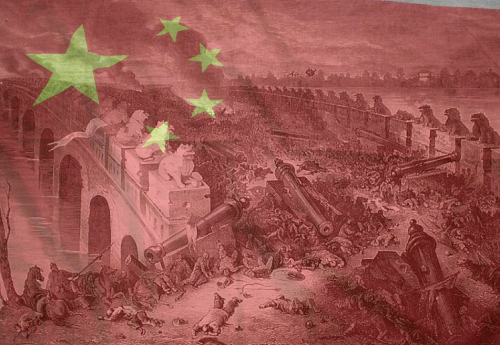
[ABOVE: A drawing by Emile Bayard depicting fighting during the Second Opium War of 1856 to 1860, superimposed with a Chinese flag. Flag photo by “nist6ss” shared under Creative Commons license.]
This constantly reconstructed and reinforced sense of national victimization also underpins official thinking on China’s strategic remaking of its international image — its concerted push for global press-tige (i.e, positive news coverage) and “soft power”.
Since Chinese President Hu Jintao defined “soft power” development as a key national strategy in his political report to the 17th Party Congress in 2007 — and outlined the media “going out” strategy more explicitly in his June 2008 speech at People’s Daily — China has spent billions of dollars expanding its global “transmission capacity.” The basic premise: China is in the midst of a zero-sum “global struggle for public opinion”, and in order to grab its share, it must beef up its soft power arsenal. Otherwise, it will continue to be “victimized” by Western media.
It’s a soft power push conceived in the hardest of terms. Which also means, of course, that it’s a hard sell.
China has expanded and re-outfitted Xinhua News Agency bureaus worldwide, launched multi-language editions of China Daily as well as an English-language edition of the Global Times, linked to the Party’s official People’s Daily. And this year it launched CCTV America, a 24-hour international news channel broadcasting from Washington.
And yet today, almost exactly four years on from Hu Jintao’s June 2008 speech that offered his boldest strategic response to China’s international media woes, it seems China has little “soft power” to show for its global media deployments.
This year, just as Chinese leaders are bogged down with domestic social and political concerns ahead of a crucial (and somewhat troubled, apparently) leadership transition, China has suffered a spate of stories with erosive consequences for China’s official “soft power.” Wang Lijun. Bo Xilai. Chen Guangcheng.
In a recent opinion piece in the Wall Street Journal, Harvard professor Joseph Nye, who introduced the idea of soft power to the world, said that China was “once again torpedoing its soft-power campaign” by failing to protect basic rights, and by strangling the emergence of a vital civil society that would otherwise showcase diverse, creative and attractive voices. “No amount of propaganda can hide the fact that blind human rights attorney Chen Guangcheng recently sought refuge in the U.S. Embassy in Beijing,” Nye wrote.
Chinese strategizers have conceived of China’s soft power deficit as the country’s “third affliction,” the idea being that while China is now economically and militarily strong (having thrown those afflictions off) it is still demonized by a hateful West.
In fact, the narrative of victimization is itself one of the root maladies from which China’s soft power campaign suffers. The ideological conviction that Western media and culture must be the tools of Western political power blinds the pundits of Chinese soft power to the very mechanisms by which credibility and attractiveness are created.
The most salient symbol of China’s official failure to grasp the game rules of soft power and credibility is in fact Melissa Chan, the Al Jazeera correspondent China sent packing earlier this month.
Launched in the late 1990s and broadcasting 24 hours a day only since 1999, Al Jazeera was feted by many Chinese officials and scholars as the act to follow, a new international channel that was non-Western but could gain a high degree of credibility for its coverage.
Back in 2009, Yu Guoming, dean of the journalism school at Renmin University of China, and a consultant for China’s media push, told Singapore’s Straits Times that a new 24-hour television channel would have to adhere to “objective, professional international practices.”
Take Al-Jazeera. They operate like the BBC but reflect an Arabic voice. So we can hope China’s effort will reflect China’s, and Asia’s, voice.
By ejecting Chan and forcing the closure of Al Jazeera’s Beijing bureau, China has effectively admitted the impoverishment of its hopes of building a credible international news channel. Whatever its ambitions may be, it is determined to control the “voice” of China — as though it were not the product of the full complexity of China’s culture and ideas, but rather a megaphone to shout over the heads of international audiences.
I’ll close these lengthy musings with a translated portion of an article run yesterday on People’s Daily Online that shows quite clearly how observations — which of course should be the basis of policy and strategy — can be horribly wrong-headed when they are colored by ideology. The piece apparently took three scholars from the China Institute of International Studies, including its director, Qu Xing (曲星), to write.
“Understanding How Western Media Manufacture a Blackened Image of China” (解密西方媒体如何塑造抹黑中国形象)
2012年05月23日 11:07:01
People’s Daily Online
In recent years, as China’s comprehensive national strength and international influence has steadily risen, reports from mainstream Western media about China have increased.
This article carries out research on the mechanisms behind Western reports about China, with the goal of deepening understanding of the shaping of China’s national image in international public opinion, in order that it may benefit the process of public diplomacy.
Western Newswires Interact to “Manufacture” the Image of China
There are four key stages by which Western media “manufacture” China’s image.
First, there is the selection of journalists. Journalists selected [for reporting China] must have views that conform with mainstream Western values, and cannot have the subjective tendency to “speak for China.”
The second stage is the determination of story selection. Journalists stationed in China determine topics on the basis of the interests of their media audiences. Western media have noticed that their audiences like seeing negative news about China, and they work to accommodate their audiences. On the question of China’s image, this creates a vicious cycle with domestic audiences [in the West], so that the image of China being portrayed is further and further from the truth.
The third stage is the work style of journalists on the front lines. Journalists posted to China place particular emphasis on cooperating with Chinese research institutes, think tanks and universities. As it is not easy to obtain official views on many issues, journalists frequently decide to have close conversation with scholars with good official contacts.
The fourth stage is the grasp [of a story] by the rear headquarters (后方总部). The editors responsible behind [a story] principally use the following methods to take hold of propaganda effects concerning China. First, prioritizing timeliness and the organizing of in-depth reports on major events. Second, holding on to the right to prepare headlines. Third, using accompanying photos, layout and other methods to effect the influence of the report.
Western governments use hard and soft hands to control the media
On the question of “China’s image”, the relationship between Western governments and the media is extremely complex. On the surface, Western media are independent of the government, and the relationship between the media and the government is one of monitor and monitored. But in fact, governments use a series of hard and soft methods to exercise control over the media, and media are quite complicit with governments.
Governments can employ hard measures such as judicial and administrative means to strengthen management of public opinion. Governments can use the set up of public opinion and propaganda instruments to release government information. Aside from hard methods, governments can exercise non-coercive means to steer public opinion. First, governments use spokesperson systems to cleverly control public opinion. Next, governments use the provision of massive “information subsidies” to influence public sentiment. Third, political figures can directly set the media agenda. Governments use important figures to transmit information to the media, leading the public to pay attention to a topic. Fourth, [governments can] use economic leverage to manipulate the media. Fifth, governments can place special consultants within various large organizations that enhance the government’s effectiveness.
[Frontpage photo: A drawing by Emile Bayard depicting fighting during the Second Opium War, superimposed with a Chinese flag. Flag photo by “nist6ss” shared under Creative Commons license.]





